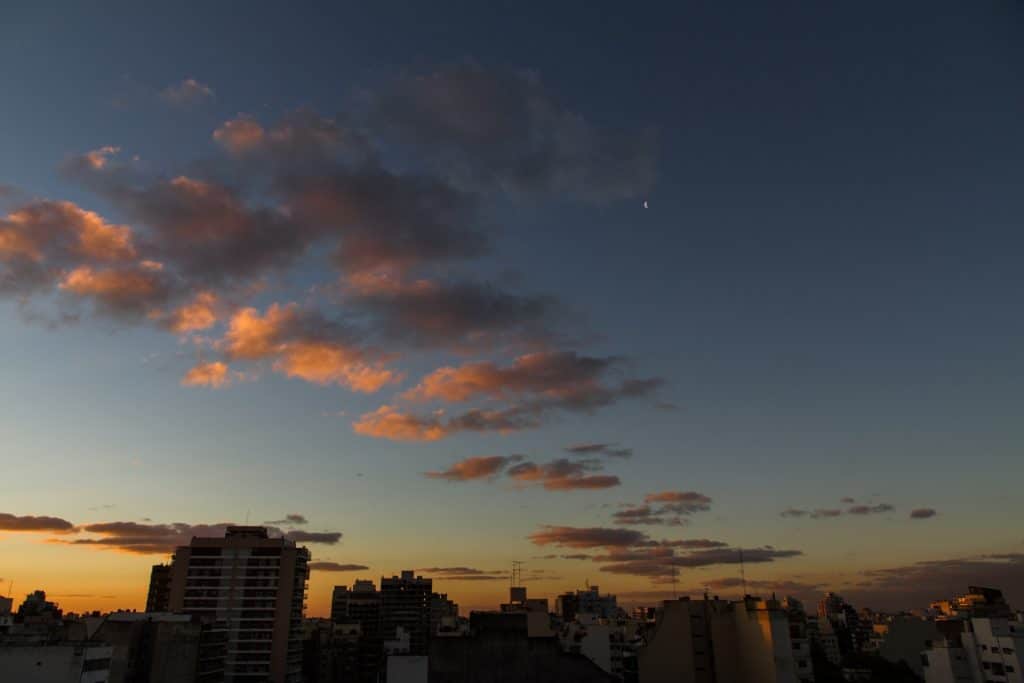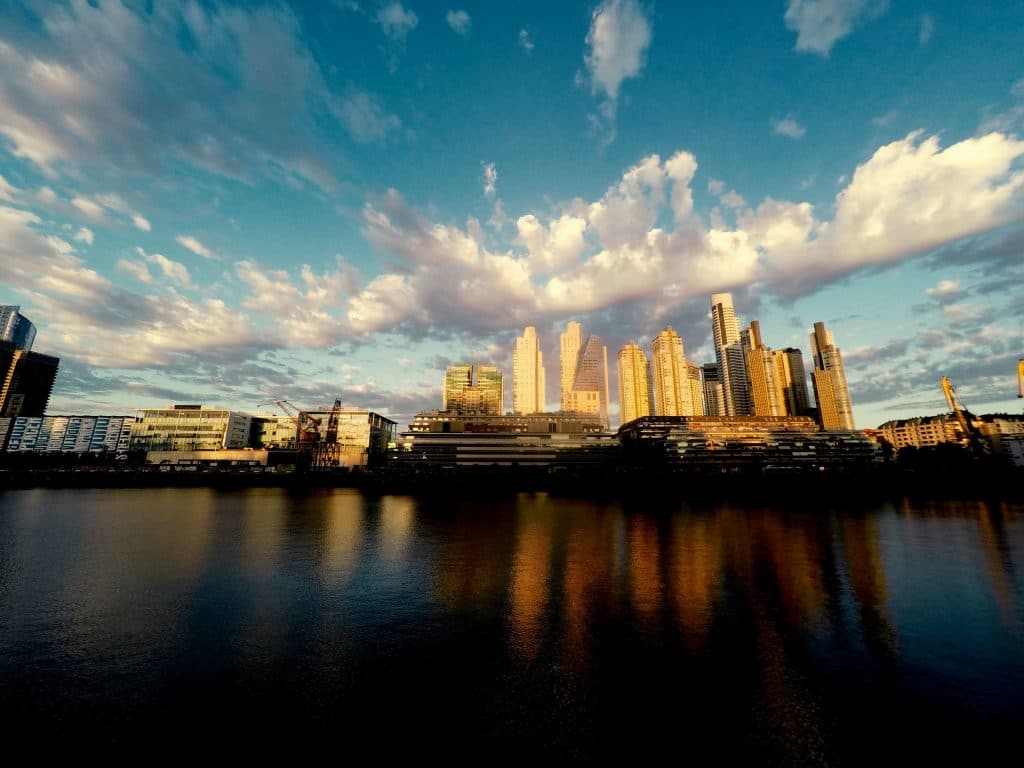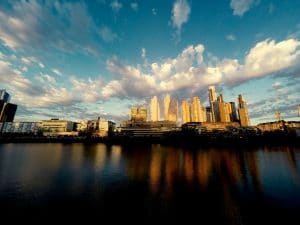Buenos Aires , the capital of Argentina is a unique enclave not only for its good location, but also for its privileged climate, which is why millions of tourists visit it every year. Despite having cold and wet winters, this gives it an unbeatable beauty. Let’s see what we can discover about him weather in Buenos Aires .
Everything you need to know about the weather in Buenos Aires
The climate in Buenos Aires is characterized by being temperate humid , which offers very hot and rainy summers and mild, dry winters. The idea of South American countries with tropical and Caribbean climates is not a description that fits Argentina, but the climate in Buenos Aires is not less pleasant for that.
Two types of winds are those that influence the weather of this city:
- Pampero . A dry and cold wind that comes from the southwest and that can appear at any time of the year, although it is more normal for it to do so in summer. This confers very pleasant breezes on hot days during the hottest time in the country.
- Sudestada . It is a cool and humid wind that comes from the southeast and that becomes more common between April and December, often accompanied by heavy rains.
These tend to be more frequent between October and March, although it must be said that the weather in Buenos Aires stands out above all for being rainy, estimating that at least 100 days a year they humidify the city. Of course, despite being close to countries where snow can be very normal, such as Chile or Paraguay, the truth is that in Buenos Aires it rarely snows , to say never.

There are different factors that directly influence the climate in Buenos Aires. For example, we can speak of the semi-permanent anticyclone of the South Atlantic that brings humid winds from the northeast. What does this imply? Well, cold fronts in winter and cyclogenesis in autumn.
On the other hand, in summer, when temperatures rise considerably, a low pressure system is formed that causes east component winds over the city, which is why summer in Buenos Aires is the rainiest season. The cold temperatures of winter cause the opposite effect and therefore, it is the least rainy season.
Thanks to its excellent coastal location, extreme temperatures, whether hot or cold, are non-existent in Buenos Aires, so any time of the year you can enjoy a pleasant and cozy climate.
The weather in Buenos Aires month by month
The weather is a determining factor for many travelers who want to visit new places. To know when it is better to visit the Argentine capital, we will tell you what the weather is like in Buenos Aires month by month.
January
It is one of the hottest months of the year, as it happens in many other Latin countries. Temperatures between 30 and 32 ºC are reached and minimums do not usually fall below 20ºC except when a Pampero storm arrives that refreshes the atmosphere.
February
The weather in Buenos Aires in February registers temperatures between 25 and 30 ºC and there is usually an average of about 8 days of rain in the month with a humidity of 68%. The best, it gets dark at around 8pm, so the days are long and ideal for tourism.
March
In March it begins to feel a bit cooler, although the days are still very pleasant. Temperatures range between 22 and 27 ºC and it rains several days a month, although not many more than in February.
April

Temperatures in April range from 13 to 22 ºC, although with exceptions, there are days when it can exceed 25 ºC. The rain also appears for about 7 or 8 days of the month, although with lower rainfall than in the months of January to March.
May
Humidity rises in May reaching figures of up to 80%, although temperatures are cooler, with between 13 and 19 ºC. The rains continue to appear timidly for a few days a month.
June
June is considered to be the month with the least rainfall in Buenos Aires, and it occurs with cold or very cold temperatures, especially at night. The minimum average is marked at 8ºC while the maximum does not reach 17ºC. Of course, it should be noted that storms are rare , not to say non-existent, in this month of the year.
July
Temperatures in July range from 11 to 16 ºC with an average humidity of 80%. It stands out for being a month in which, although there are not abundant rains, it appears most of the time with cloudy skies.
August
August is mild by day and very cold at night with temperatures ranging from 8 to 17 ºC. Are presented uncomfortable winds , but when they arrive with sunny days it is usually very comfortable during the day. At the end of this month the first spring storms appear.
September
Given that the first storms appear at the end of August, it is not surprising that in September these are common, even some electrical ones appear. However, on clear days, the sun shines brightly. Cold front entrances begin and Pampero wind .
October to December
In these months the weather in Buenos Aires returns warm and temperatures begin to rise, although the Pampero winds are still present. Already in December the temperatures reach 29 ºC.
We are sure that choose a time to visit the Argentine city, it will be very easy with this information about the weather in Buenos Aires. Of course, not everyone likes hot or dry times. There are those who enjoy the rain and the cold. What do you like the most? Well, look for the month in which that climate exists in Buenos Aires, and enjoy a wonderful city at any time of the year.
Look for the best prices on our website and start your incredible adventure through Patagonia in Buenos Aires.








